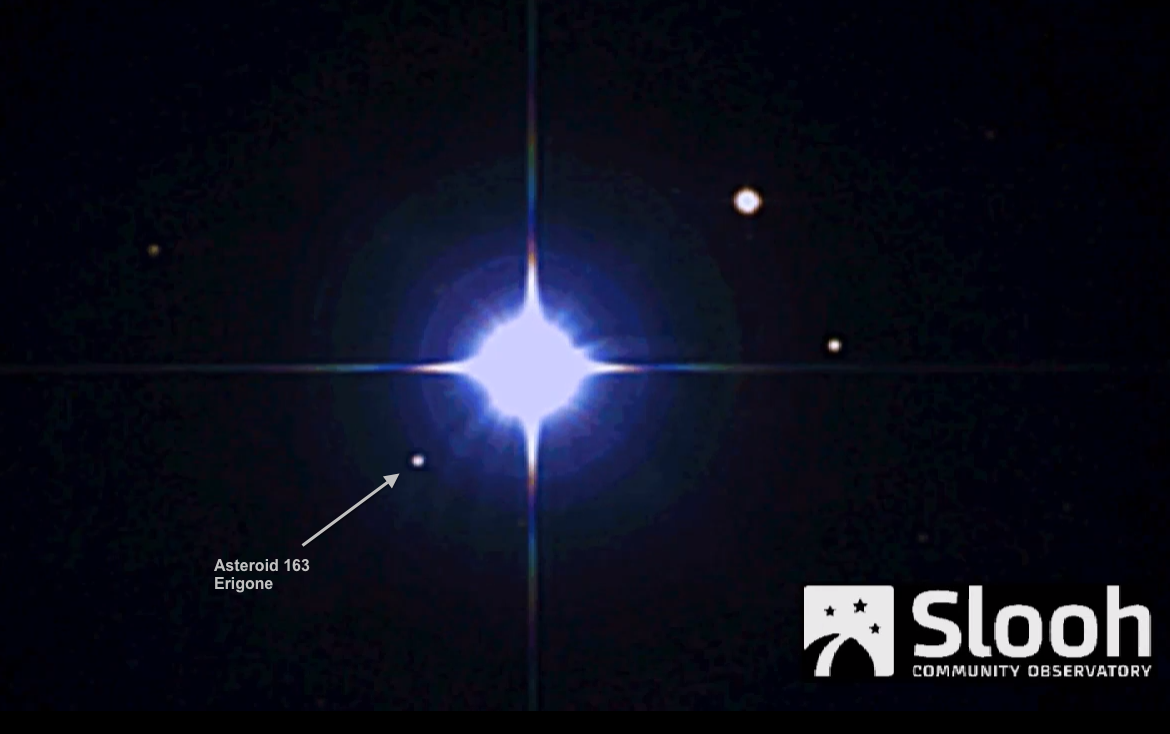NASA and Slooh Community Telescope Seek Citizen Asteroid Hunters

NASA is enlisting amateur astronomers to hunt for killer space rocks in Earth's cosmic neighborhood.
The space agency announced Wednesday (May 21) that it has signed a deal with the online Slooh community telescope to get citizen scientists involved in tracking near-Earth asteroids.
"We are excited by the opportunity to tap into Slooh's network of amateur astronomers, who are already producing scientific papers with their work," Jason Kessler, program executive for the Asteroid Grand Challenge, said in a statement. "We look forward to expanding the meaningful science the Slooh network can provide in support of the Grand Challenge." [Potentially Dangerous Asteroids (Images)]
NASA's Asteroid Grand Challenge, which was unveiled last June, is an effort to find potentially deadly space rocks before they pose a threat to Earth.
Slooh and NASA will discuss their partnership during live broadcasts on Friday (May 23) during a webcast on the journey of Comet 209P/LINEAR at 6 p.m. EDT (2200 GMT). They will host a webcast on the potential meteor shower it might create 11 p.m. EDT (0200 May 24 GMT). The broadcasts will be available on both Slooh.com website and NASA.gov.
So far, scientists have catalogued more than 90 percent of the mountain-sized near-Earth asteroids, or objects wider than 0.6 miles (1 km), according to NASA's estimates. Space rocks of this size could cause destruction on a global scale if they were to collide with Earth. Smaller space rocks are more elusive. Only about 30 percent of the estimated 15,000 near-Earth asteroids that are around 460 feet (140 m) wide have been found, NASA officials say. Meanwhile, there are believed to be more than 1 million near-Earth objects with a diameter of about 100 feet (30 m); less than 1 percent of those have been detected, NASA estimates.
"Discovering near-Earth asteroids has become an automatic process for the survey telescopes, but discovery is just the beginning — there is so much science to do after that," Jose Luis Galache of the Minor Planet Center, said in a statement. "Amateur astronomers with access to pro-level telescopes under dark skies are in a great position to learn more about an asteroid than just where it's going."
Breaking space news, the latest updates on rocket launches, skywatching events and more!
This isn't NASA's first asteroid-hunting endeavor to look to the public for help. In partnership with the private company Planetary Resources, NASA in March launched a contest series called "Asteroid Data Hunter," which asks citizen scientists to develop algorithms that can help identify space rocks in Earth's backyard. The contest series, which runs through August, has a total of $35,000 in awards available.
Follow Megan Gannon on Twitter and Google+. Follow us @Spacedotcom, Facebook or Google+. Originally published on Space.com.

Megan has been writing for Live Science and Space.com since 2012. Her interests range from archaeology to space exploration, and she has a bachelor's degree in English and art history from New York University. Megan spent two years as a reporter on the national desk at NewsCore. She has watched dinosaur auctions, witnessed rocket launches, licked ancient pottery sherds in Cyprus and flown in zero gravity on a Zero Gravity Corp. to follow students sparking weightless fires for science. Follow her on Twitter for her latest project.

